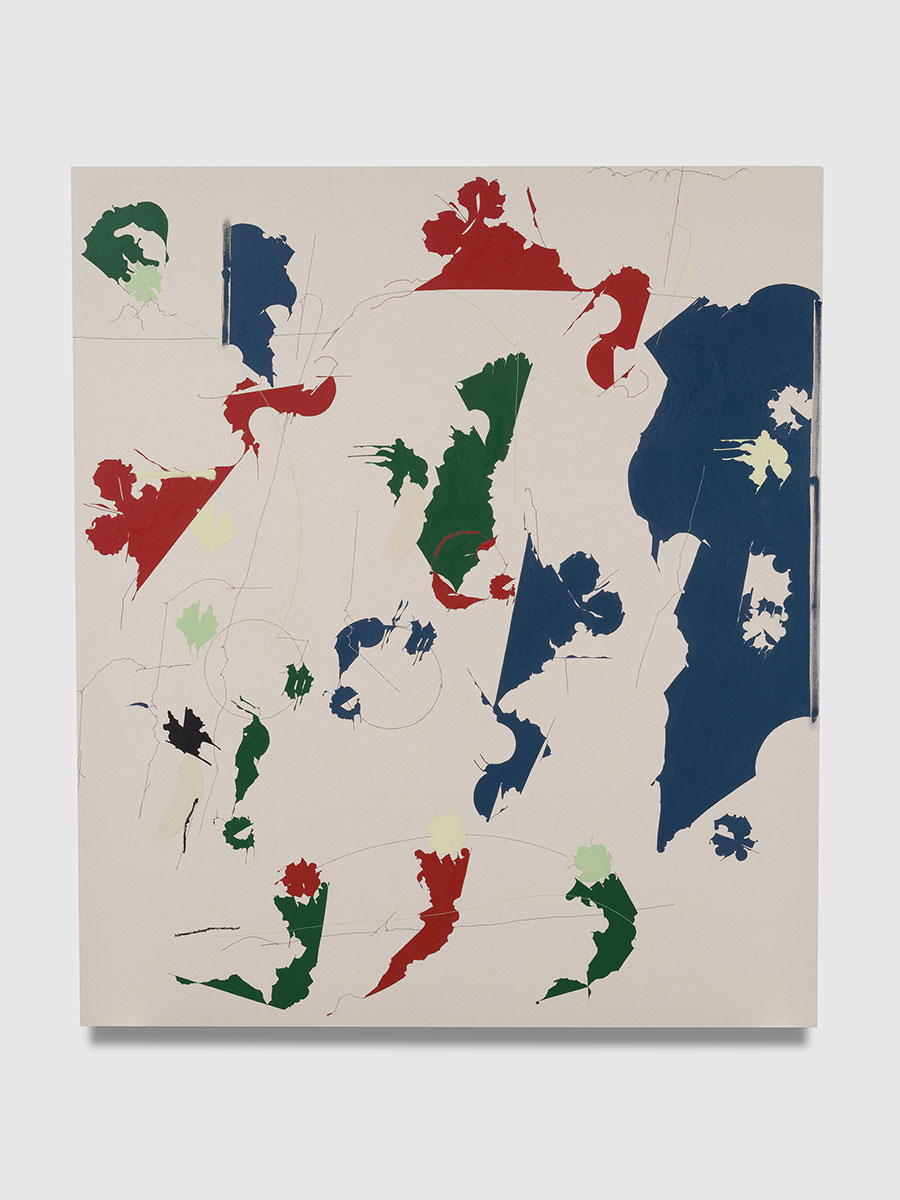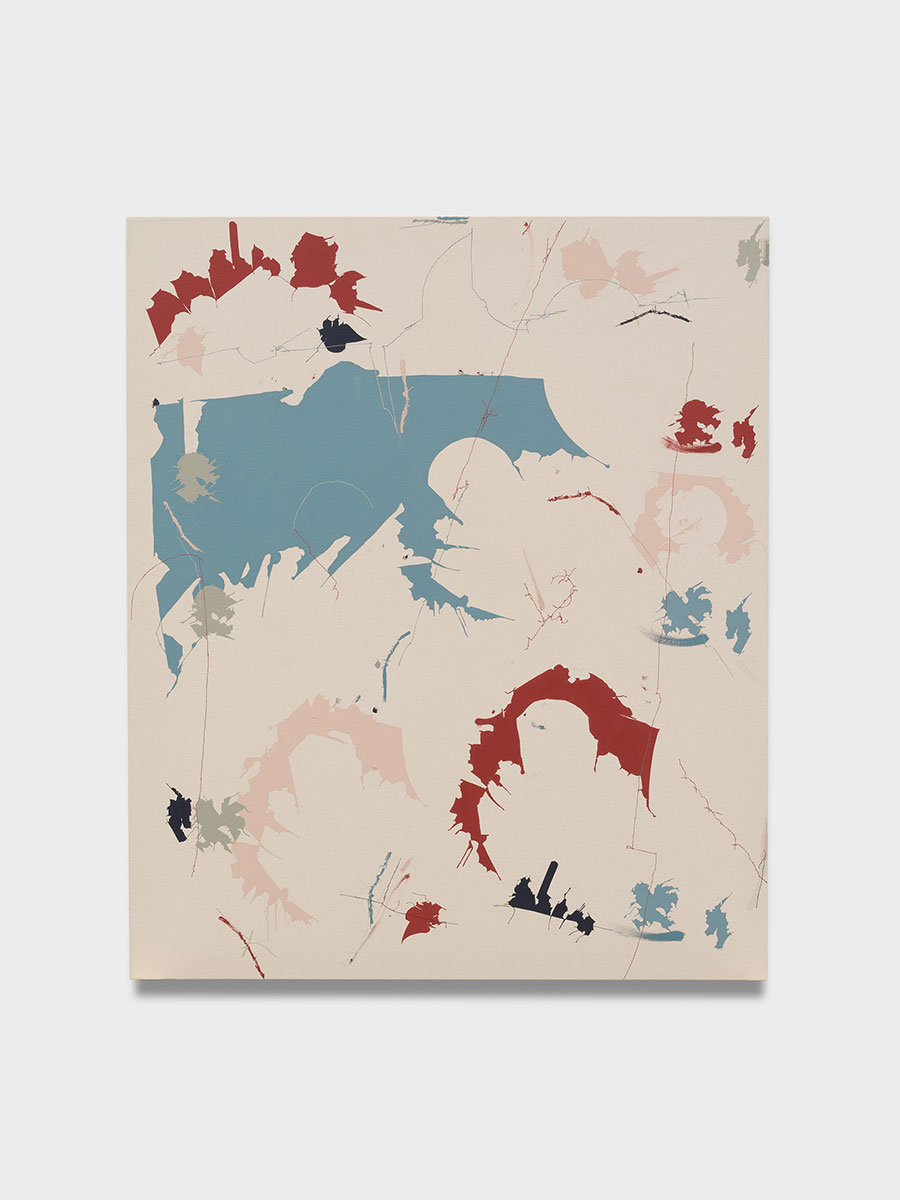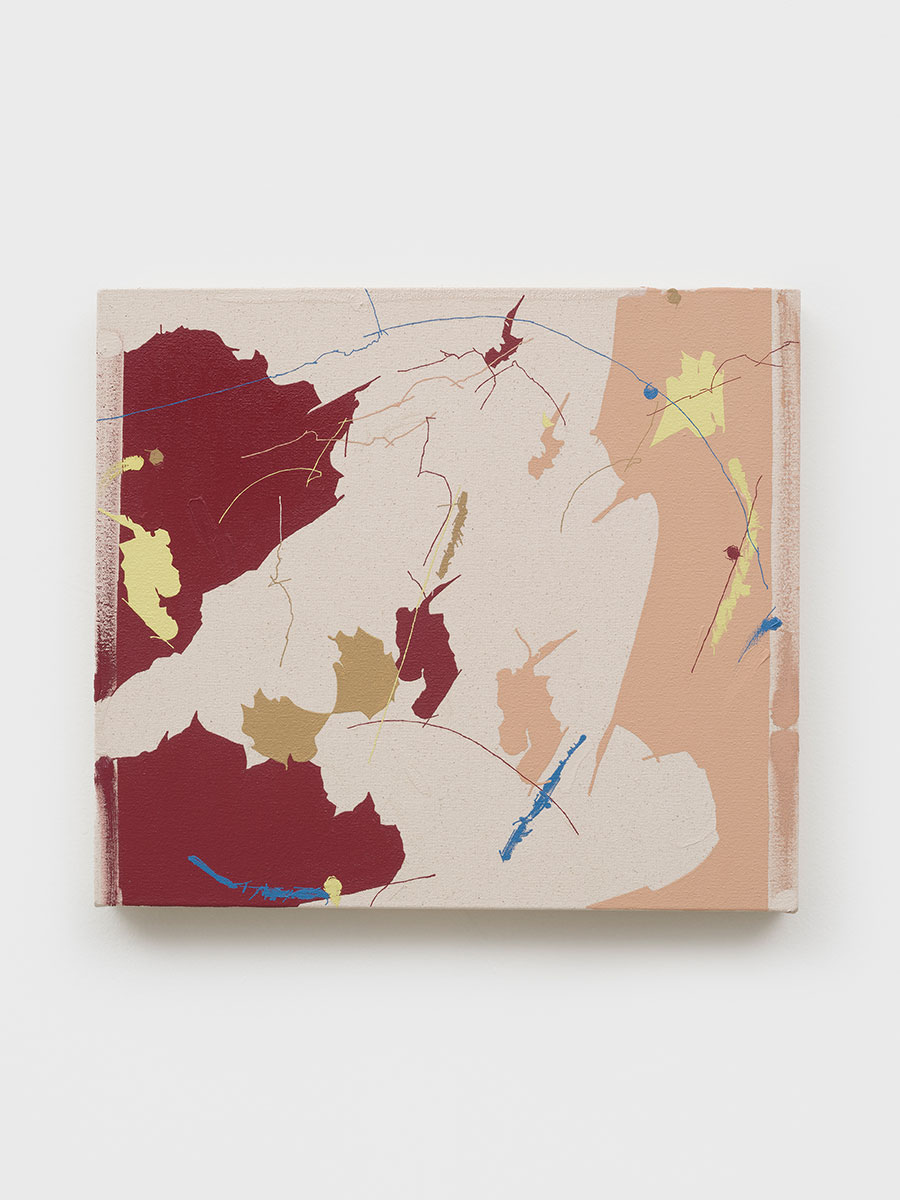ART CITIES: Berlin-Maysha Mohamedi
 Maysha Mohamedi’s practice points toward a new mode of atmospheric abstraction that registers certain conditions specific to Los Angeles in the early 21st century. Reflecting her personal history, everyday experiences, and key constellations in her own cultural matrix, her palette is both purely abstract and directly connected to the patchwork of landscapes, objects, and environments that comprise her life.
Maysha Mohamedi’s practice points toward a new mode of atmospheric abstraction that registers certain conditions specific to Los Angeles in the early 21st century. Reflecting her personal history, everyday experiences, and key constellations in her own cultural matrix, her palette is both purely abstract and directly connected to the patchwork of landscapes, objects, and environments that comprise her life.
By Efi Michalarou
Photo: Pace Gallery Archive
Maysha Mohamedi presents “Mute Counsel”, a pop-up exhibition of nine new paintings by the Los Angeles-based artist. Invention and discovery lie at the centre of Mohamedi’s approach to mark making, posing a paradoxically simple question: What is shape? Her works suggest that shape is more process than product. Shape begins when emptiness is interrupted: when two points coalesce into a line so that the solidity of color is birthed as form. The paintings in “Mute Counsel” unfold slowly, spooling and unspooling time. Investing form with an almost animistic vivacity, it is as if each shape in Mohamedi’s paintings were possessed of an individual spirit or personality. Like people, her shapes seem at first to belong to types, yet, on closer inspection, each is emphatically unique. Mohamedi’s compositions suggest fields of irruption. Like lunar surfaces-which bear the history of innumerable collisions with celestial bodies inscribed over millennia-her paintings record the many soft and sensuous collisions between her own body and the surface of the canvas. The act of painting becomes an act of touch, a series of moments of rupture or embrace. Like ever-extending ripples, she sets into motion a process through which form takes shape. The artist’s fascination with the brain’s processing of visual information, stemming from her academic background in neuroscience, drives her to question how reality is deconstructed and reconstructed through infinitesimal differences, yet perceived as a seamless whole. “All visual processing is about calculating difference,” Mohamedi has explained, “How do you determine and locate edges? Everything depends on the edge.” Canvases of varying scales orient us toward the world and its edges. In particular, they investigate the edges between language, desire, and selfhood. In Mohamedi’s work, visual form testifies to an encounter with the aesthetic and formal resonance of writing. Composed from a personal lexicon of geometric inventions, Mohamedi’s linear forms have their origin in her intuitive contemplation of the look, feel, or sound of certain words. Through acts of performative transformation, Mohamedi’s paintings subsume signification into a new visual language of shape and rhythm, color and contour, that is both radically specific and emphatically universal. Color, for Mohamedi, serves two essential purposes. First, the chromatic story of a painting grounds it in the world and in the artist’s own life. Originating in her daily existence, Mohamedi ‘collects’ colors in an archive of material encounters: sea glass gathered on a beach, for example, a half-burnt candle from her son’s birthday cake; the marigold eyeball of a pigeon who jumped onto her lap; or the quality of red ink on a love note remembered in a diary. Mohamedi equally utilises color as a tool for producing a sense of harmony. Balancing the asymmetry of the composition, colour accords the painting’s solicitation to the world, and to us. The seduction of abstraction, for Mohamedi, exists to confirm our aliveness. Yet a paradox persists: the paintings originate in Mohamedi’s internal world while, at the same time, requiring her to “empty out” her sense of herself in order to make them. As Mohamedi has explained, she herself disappears when she paints. What results are objects both of her and not of her. This contradiction rests at the heart of Mohamedi’s work, which seems to originate in nature while remaining radically human.
Photo: Maysha Mohamedi, Back to the Tuna Scheme, 2024, oil on canvas, 88″ × 99″ × 1-1/2″ (223.5 cm × 251.5 cm × 3.8 cm), © Maysha Mohamedi, Courtesy the artist and Pace Gallery
Info: Pace Gallery, Mercator Hof, Potsdamer Strasse 77-87, Berlin, Germany, Duration: 27/3-26/6/2024, www.pacegallery.com/



